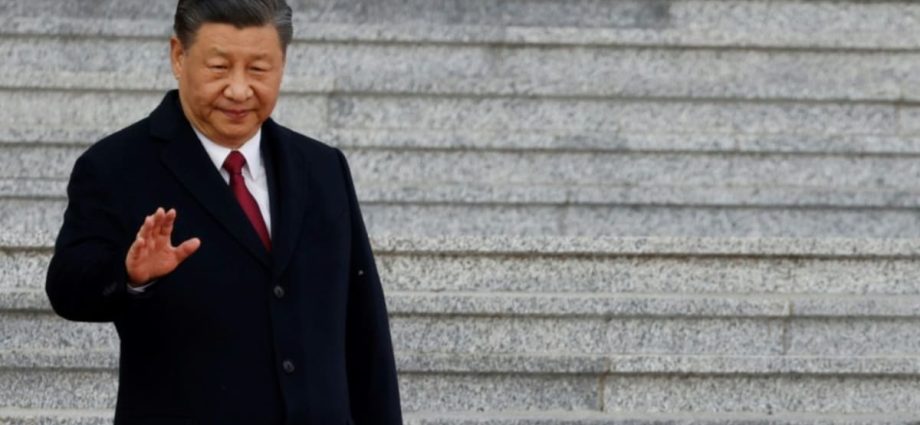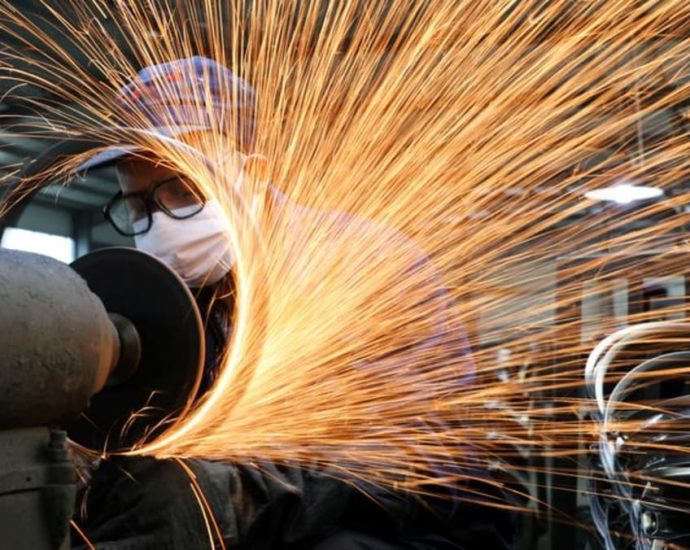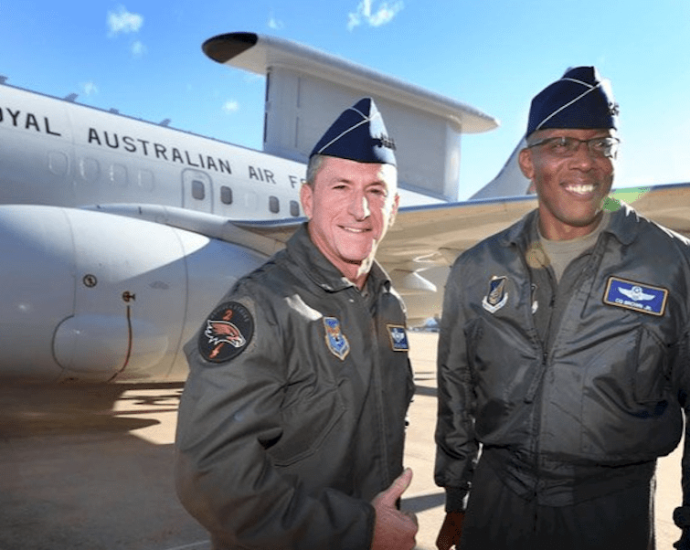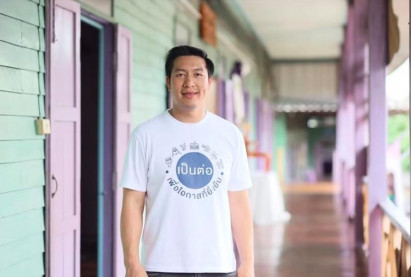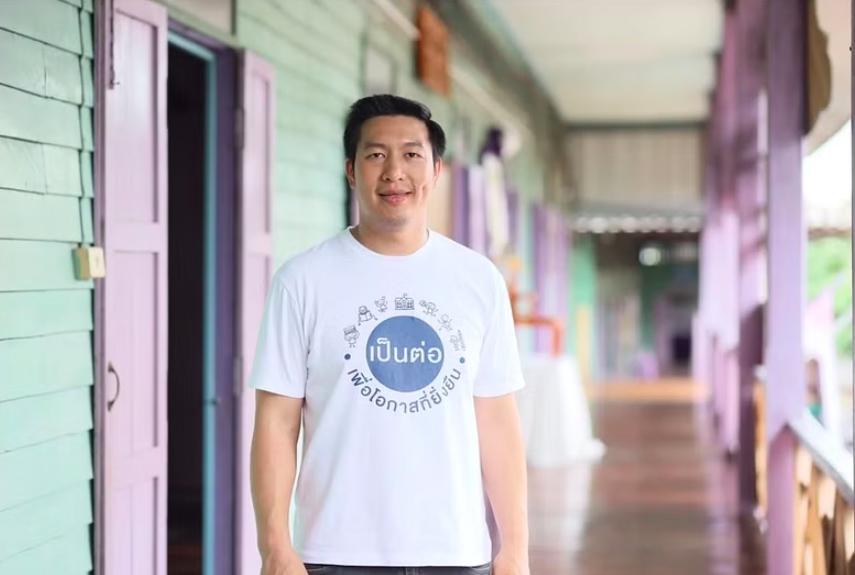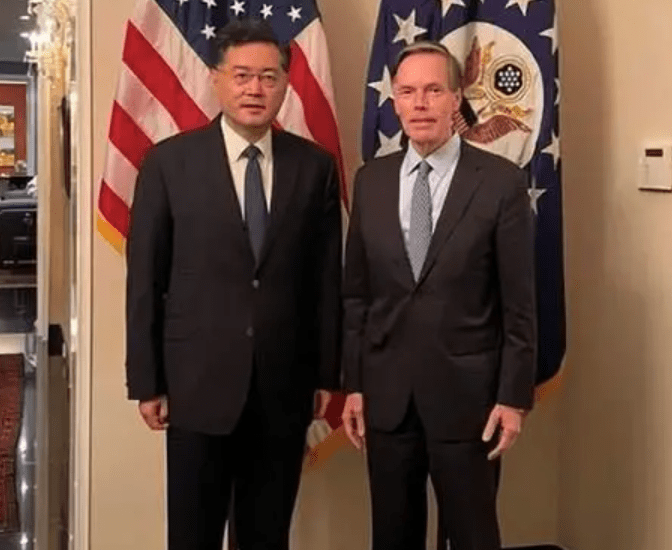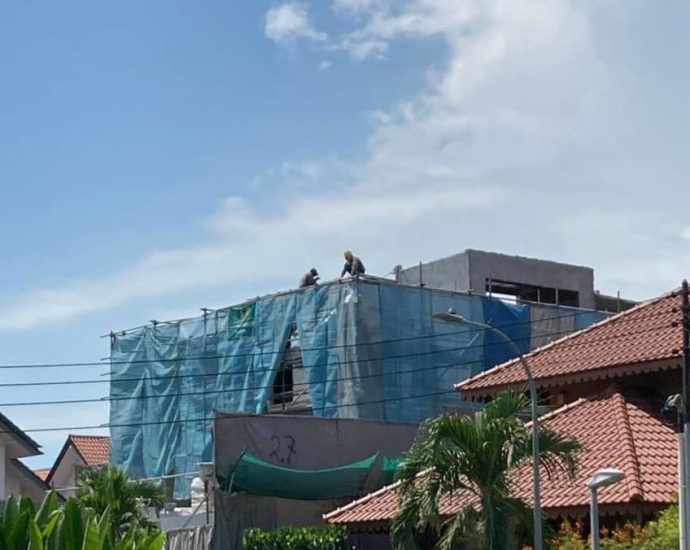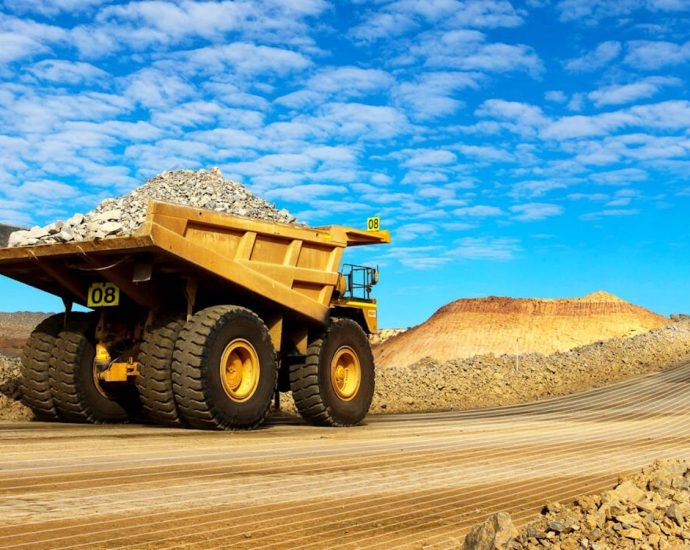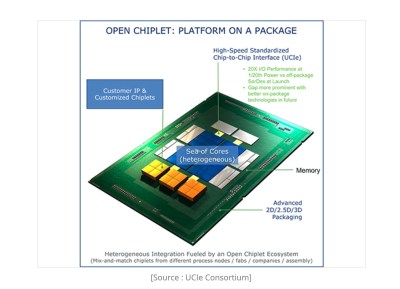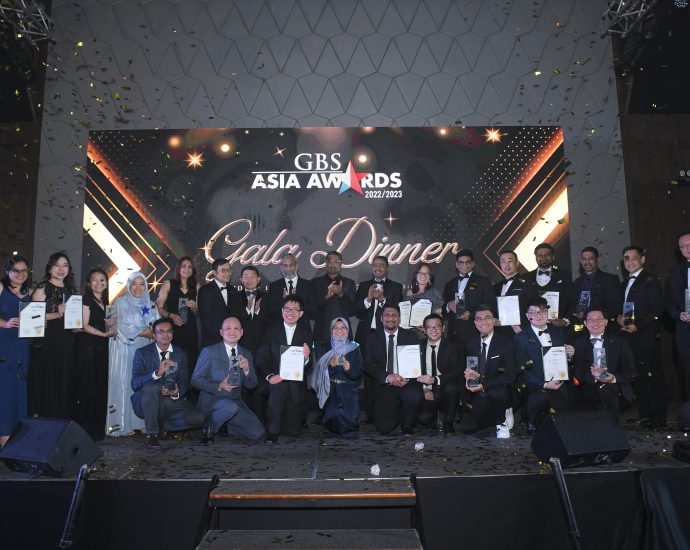Commentary: Xi Jinpingâs Taiwan ambitions threaten Chinaâs rise

Like the Japanese before the second world war, the Chinese complain that the US is trying to strangle their economy. America denies any such intention, arguing that its restrictions on tech exports are narrowly aimed at China’s war-fighting capability.
But even if the US had a broader plan to thwart Chinese economic growth, any such efforts would probably be unsuccessful.
IMPRESSIVE ECONOMIC RISE
Like most countries, China has its share of problems. But the country’s economic rise remains impressive. This year China is projected to become the world’s largest exporter of cars, displacing Japan.
China is doing particularly well with the electronic vehicles that will dominate the future. Bill Gates argues that American tech-export bans are likely to be counter-productive, encouraging China to develop its own capabilities much more rapidly.
The Microsoft founder told me recently: “I don’t think the US will ever be successful at preventing China from having great chips.”
The CEOs of some of the West’s most powerful companies, such as Tim Cook of Apple, have made it very clear that they have no intention of walking away from China.
As a self-proclaimed Marxist, Xi should understand that global political power flows from economic power. China does not need to win a shooting war to expand its international power and influence. Trade, aid and investment will do the job without any of the attendant risk and bloodshed.

